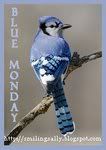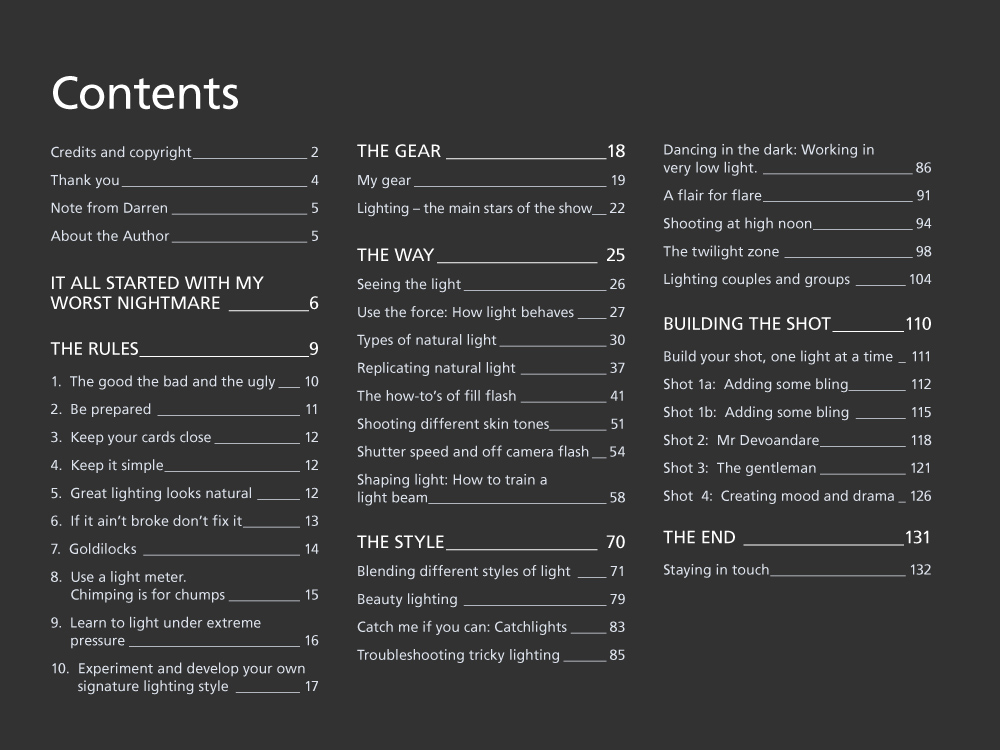“Never have I found the limits of the photographic potential. Every horizon, upon being reached, reveals another beckoning in the distance. Always, I am on the threshold.” -W. Eugene Smith"
The invention of the camera liberated painting from its reportage role. Gone was the need to produce a likeness, detail the events of the story, painting was free to express emotions. True what had gone before contained an emotional content but now painting could experiment and through imaginative interpretation allow the emotional content to predominate.
Freed from this constraint the painter was able to create a new language and explore the motivations of their art.
As the 19th century evolved and throughout the 20th century painters from the impressionists through the cubists and expressionists to the minimalists could to use colour, line and form to go straight to the emotional content of their work. The representational aspect of the work become coincidental and was pushed to the point that it became akin to lying on the grass making shapes out of clouds.

Enjoyable as it may be it is secondary to the nature of clouds.
The introduction of the digital darkroom has given this freedom to photographers. The range of tools to fix and enhance the camera’s capture when pushed to its extremes produces a range of fascinating effects. When added to the filters built into the better software, images can be produced that any comparison to the original photograph is purely coincidental. As photographers explore these tools and incorporate them into their photographs so their visual language will grow. The revolution of the medium with the development from black and white into color is taking its next step.
Now with the digital darkroom’s ever growing range of tools the only limitation is the photographer’s imagination.
With the use of these tools, the skilled photographic artist can take the pop song and create, in visual terms, the lyric beauty of a baroque symphony or the down town jive of a jazz variation without a tree or a high rise in sight. Just the light captured by the camera and fine tuned into something completely different, something new that comes from the photographer.
The photographer has been liberated like the painter before them by technology.
Now photographs can explore the full range of human experience including those they have no words to express. Large statements will be accessible by the photographer not only in physical terms. Although like their painter counterparts, through an additional feature of the technology, the large canvas is becoming the order of the day. That this canvas can express feelings rather than just illustrate them denotes that the photography has become an adult in the arts.



















